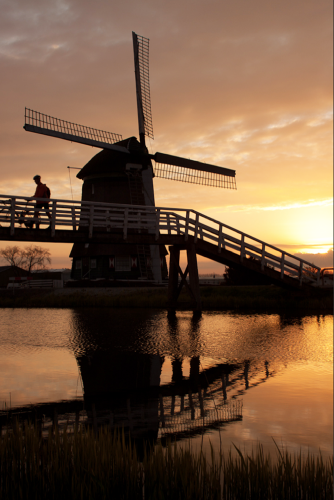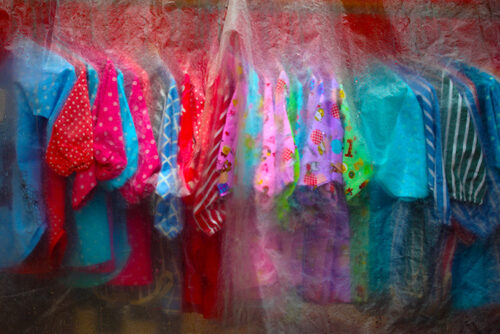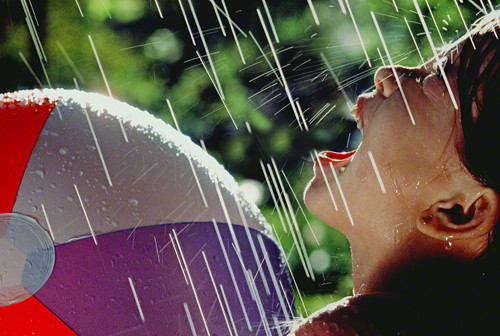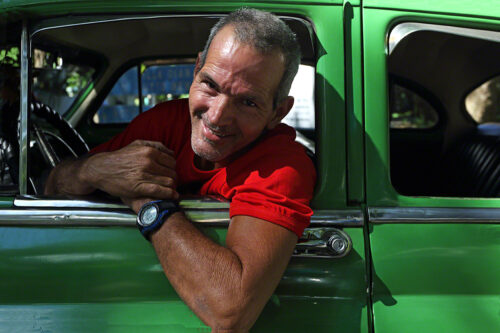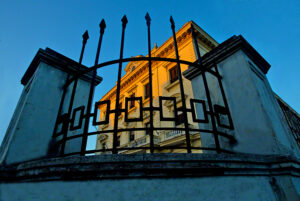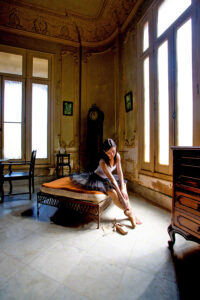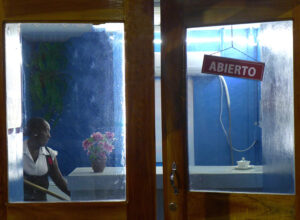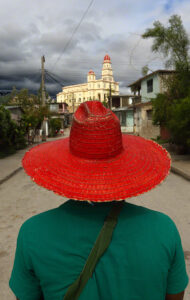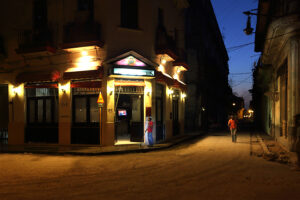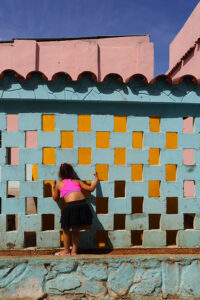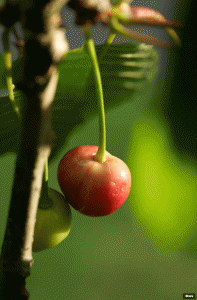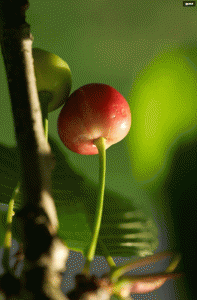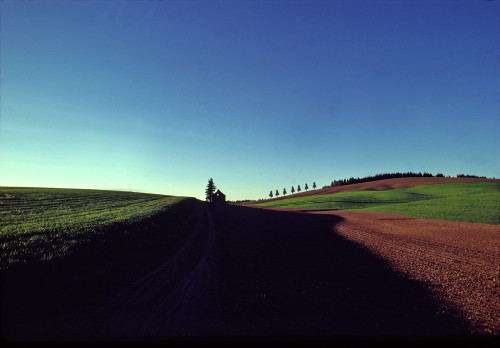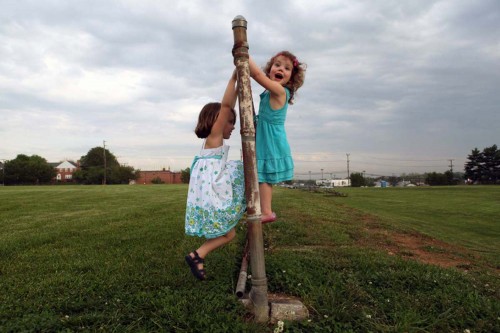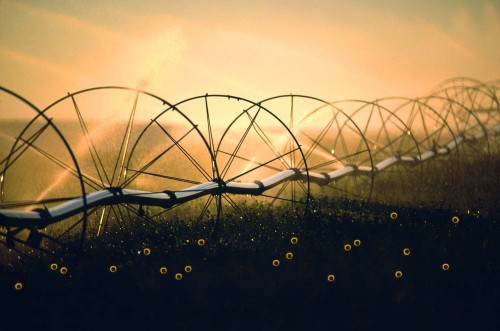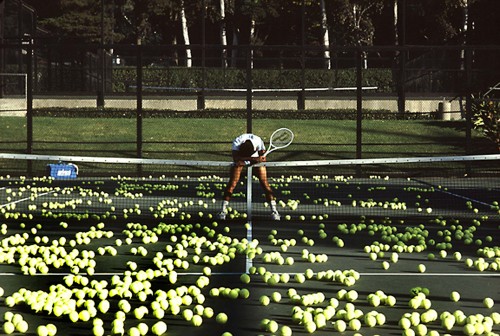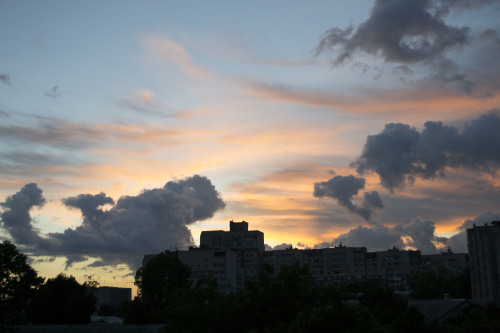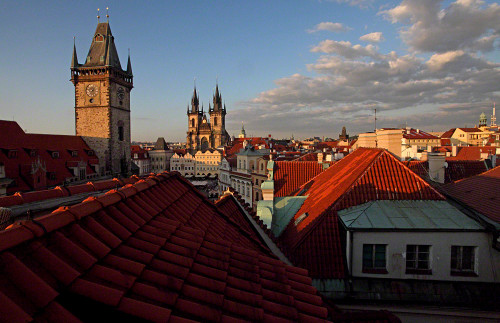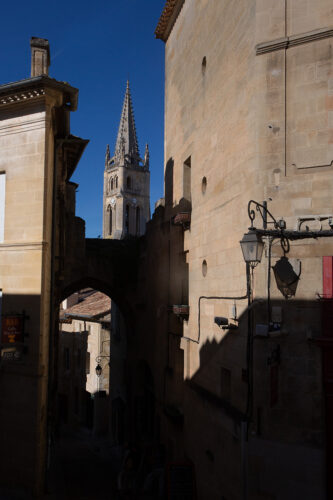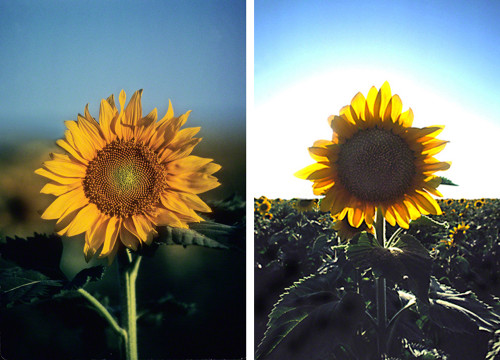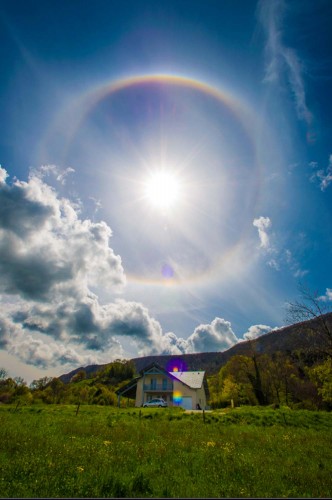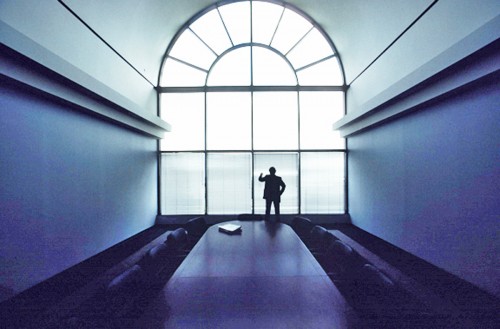
When given an empty room to shoot executives, I turn to silhouettes.
Check out my new workshop on the six concepts in the Psychology of Gestalt: Gestalt Workshop link
For me, shooting in ‘golden light’ is easy, but when I’m occasionally forced to shoot under conditions that I ordinarily would pass on, sleep through, or spend that time scouting, I look for SILHOUETTES!!!
In my part II online class I teach with the BPSOP, and in my “Stretching Your Frame of Mind” workshop I conduct around the planet, I’m always discussing ways to create mood or drama in photos under non-optimum lighting conditions such as harsh mid-day sun, an overcast sky, or even indoors. I tell them that if you put your subject against a bright background, and expose not for the subject, but for the brightest part of that background it can create abstractions in the form of silhouettes.
The best silhouettes are those that are simple and easily recognizable by the viewer. Remember that the abstractions, you’re creating from a three-dimensional reality are now being presented in a two-dimensional form. A form that is without depth, created only in width and height.
Midday light or overcast skies are not always the time to look for silhouettes. I’ll get to a sunrise location well in advance so I can look for silhouettes. I’ll also hang around after the sun goes down and look for interesting silhouettes at dusk.
After discussing complete silhouettes and showing examples, which included talking about partial silhouettes where not all of the person or the environment is in silhouette. Dawn, a talented student of mine came back with these wonderful examples (shown below) of both partial and complete silhouettes. Not only are they strong images showing silhouettes, but more importantly, they show a photographer that knows how to “Stretch Her Frame of Mind”!
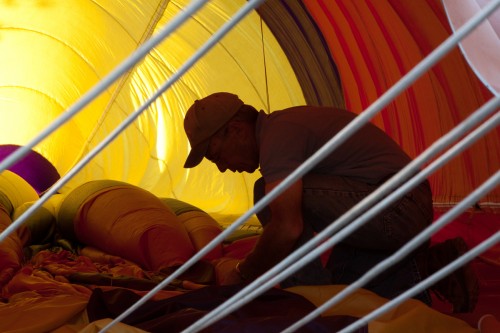
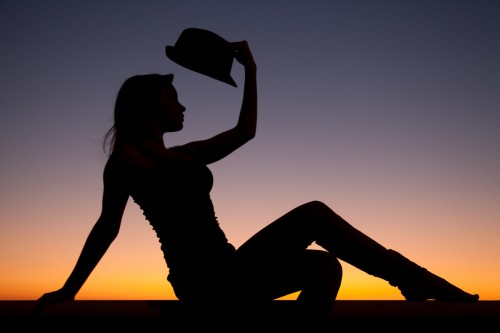
Visit my website at www.joebaraban.com, and follow me on Instagram.com/barabanjoe. Check out my workshops at the top of this post. Come shoot with me sometime.
JoeB
